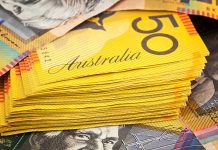Disclaimer: The broker listings provided on ActionForex.com are for informational and comparison purposes only and do not constitute investment advice or a solicitation to trade.
We strive to ensure the accuracy of broker information including licenses, trading conditions, and contact details; however, data may change without notice.
ActionForex.com may receive compensation from brokers through advertising and affiliate partnership.
Always verify the latest details directly with the broker before opening an account.

ActionForex.com was set up back in 2004 with the aim to provide insightful analysis to forex traders, serving the trading community for over a decade. Empowering the individual traders was, is, and will always be our motto going forward.
Contact us: contact@actionforex.com
© ActionForex.com © 2025 All rights reserved.



